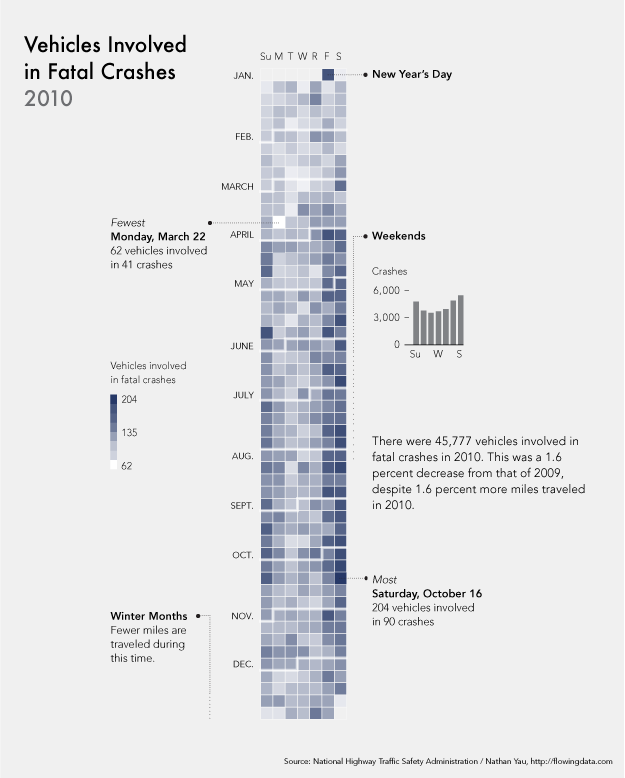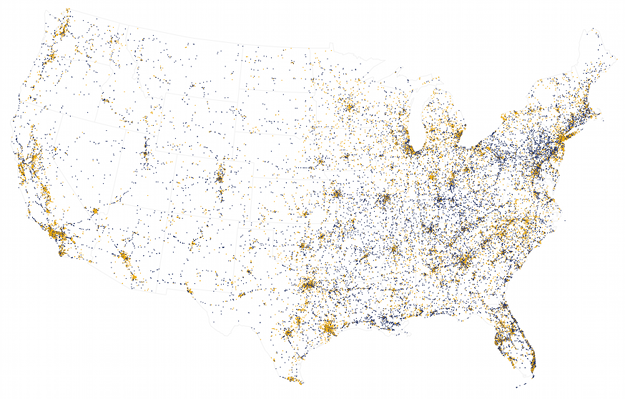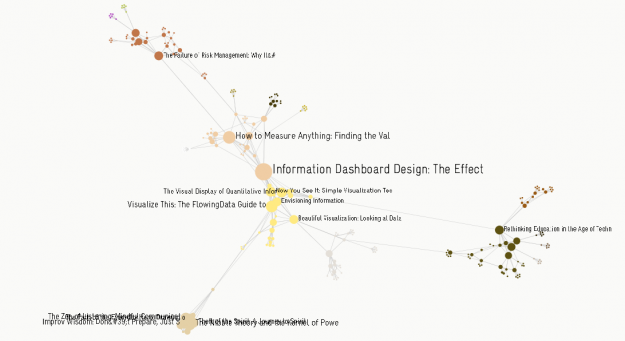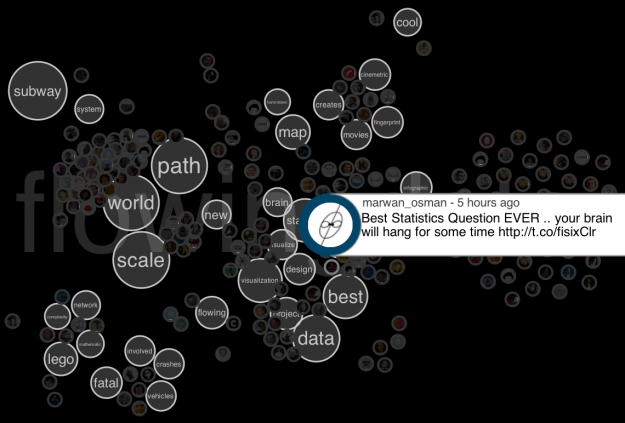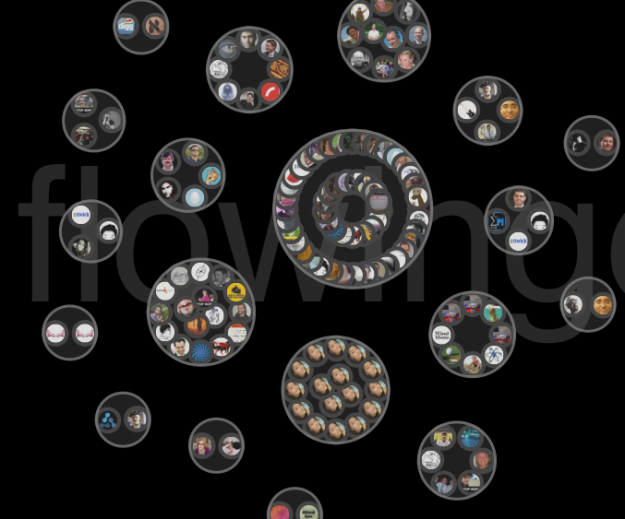On August 23, 2011, a magnitude 5.8 earthquake centered 40 miles northwest of Richmond, Virginia had the East Coast abuzz. As you’d expect, social media lit up as people reported the experience. You can actually see the travel of the seismic waves if you map out the tweets containing the word "earthquake." While that’s no match for the beautiful data recorded by the EarthScope seismic network, some researchers see the beginnings of a data revolution.
Count Richard Allen, a seismologist at the University of California-Berkeley, among those who want to ride the wave. In a perspective article published in Science, he argues that crowdsourced earthquake data is a potential gold mine.

